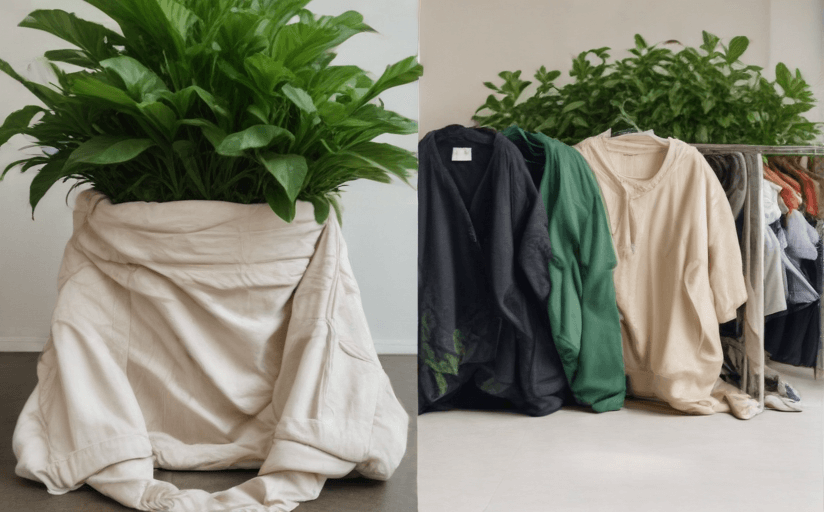Fast Fashion's Impact on the Environment and Sustainable Alternatives
Fast Fashion's Impact on the Environment
The rapid cycle of disposable clothing—otherwise known as fast fashion—has globally risen to prominence over the past two decades. Fast fashion's environmental impact is immense, ranging from waste generation and pollution to the consumption of vast resources, all clearly depicted through recent and credible research data.
Waste Generation
In an era of disposable clothing, the amount of waste generated is staggering. According to a report by McKinsey, the emergence of fast fashion has increased the total production of clothing worldwide to 100 billion pieces annually, most of which end up in landfills or incinerators within a year.
Pollution
The production process of fast fashion is not only resource-intensive, but it’s also heavily polluting. The World Bank asserts that the fashion industry is responsible for approximately 20% of global wastewater and 10% of global carbon emissions, outpacing all international maritime shipping and travel.
Lavish Use of Resources
Fast fashion's impact is also seen in its overuse of our planet's natural resources. It requires vast quantities of water, cotton and petroleum. For example, producing a single cotton t-shirt requires around 2,700 liters of water, equivalent to what an average person drinks in 2.5 years.
Sustainable Alternatives to Fast Fashion
While the detrimental impacts of fast fashion are worrisome, sustainable alternatives are emerging as viable solutions.
Eco-friendly Trends
Eco-friendly trends are gaining traction as awareness about the environmental impact of fashion increases. Concepts like slow fashion, which emphasizes quality over quantity and longevity over trends, are providing a counter-narrative to the disposable culture promoted by fast fashion.
Sustainable Brands
Brands like Patagonia and Eileen Fisher are leading the charge for sustainable fashion with their responsible manufacturing practices and commitment to recycling.
Eco-friendly Materials
Materials are also shifting towards more sustainable options. Organic cotton, bamboo, and hemp are some examples of eco-friendly alternatives to conventional materials. These materials require less water and chemical pesticides, thereby reducing environmental impact.
Moving Towards Sustainable Fashion Habits
To mitigate the harmful effects of fast fashion, a cultural shift is required in consumers' mindsets. Closing the loop by buying second-hand, choosing quality over quantity, and supporting brands with sustainable practices are some ways to start. It's imperative that as consumers, we view our purchase decisions as votes for the kind of world we want to live in.
Remember, small changes in our lifestyle can make a significant difference in the world we live in. Let's start making more mindful style choices today.



















Comments
Leave a Comment